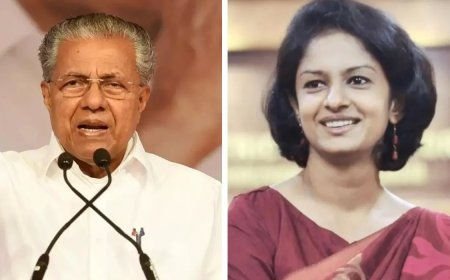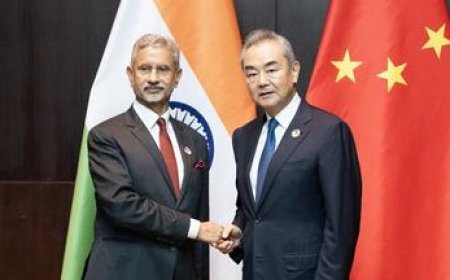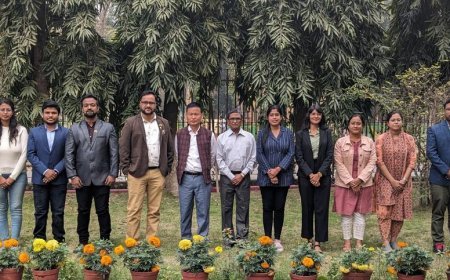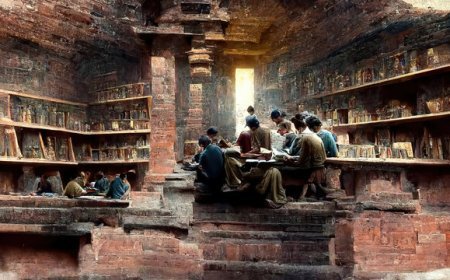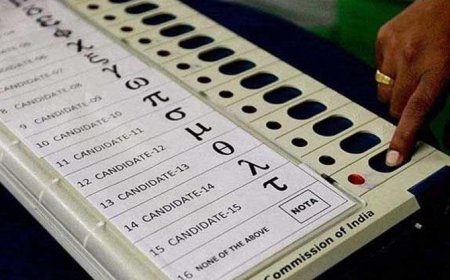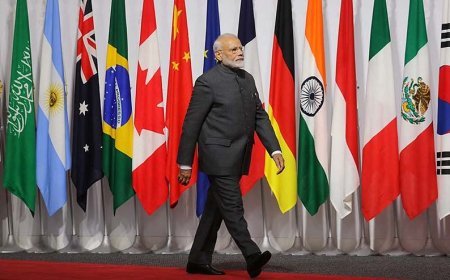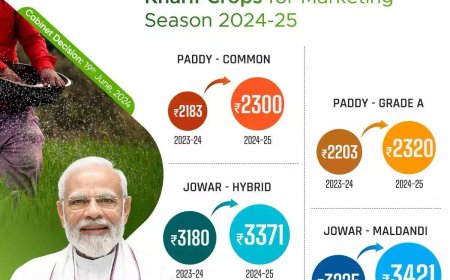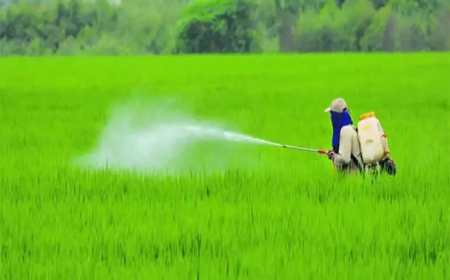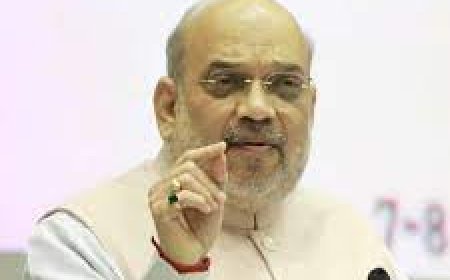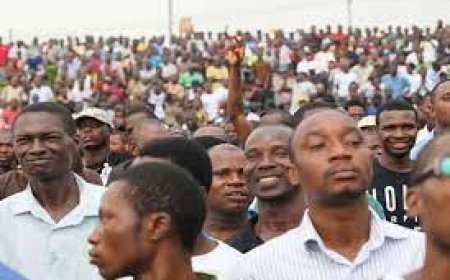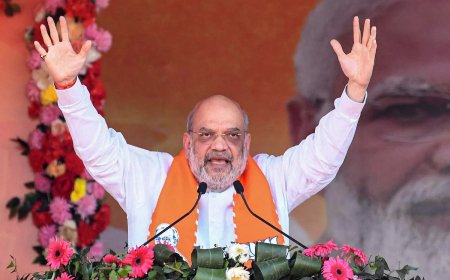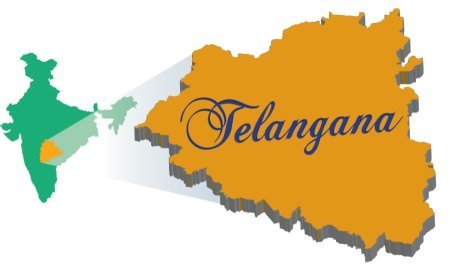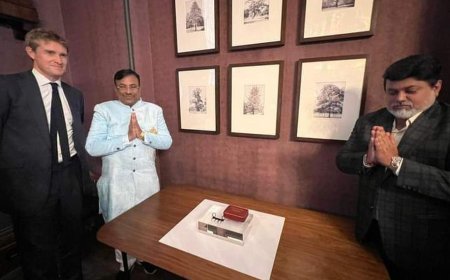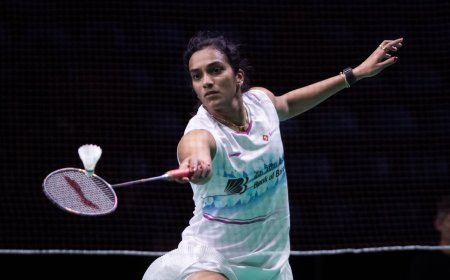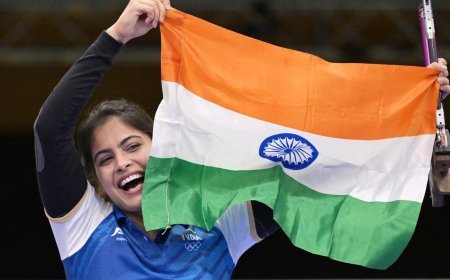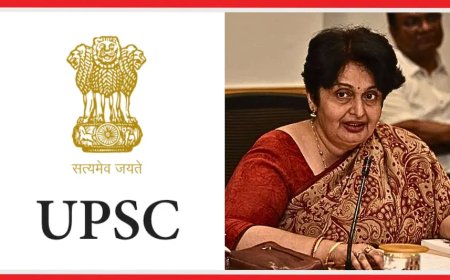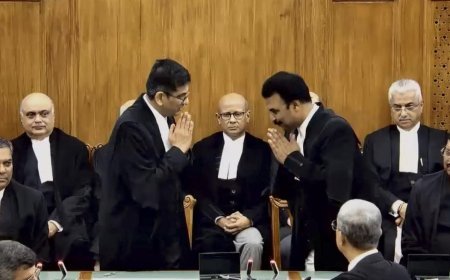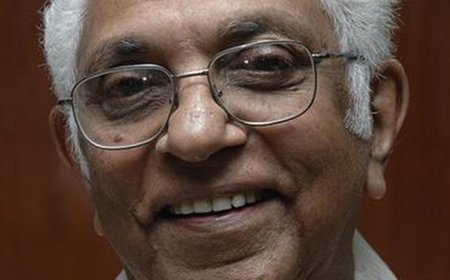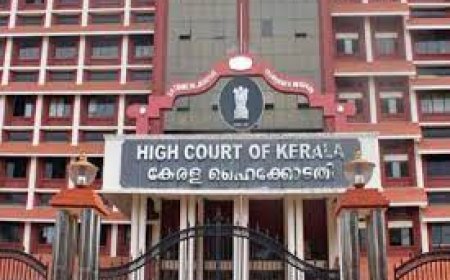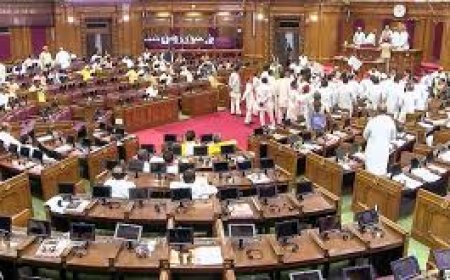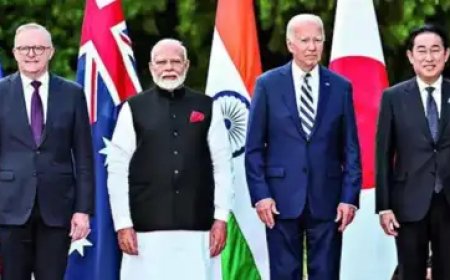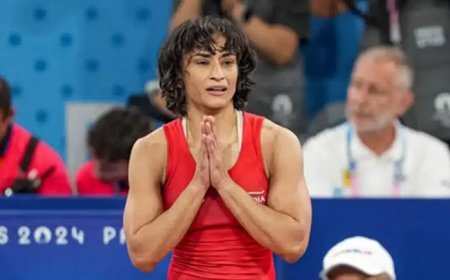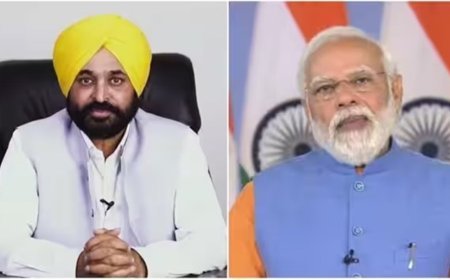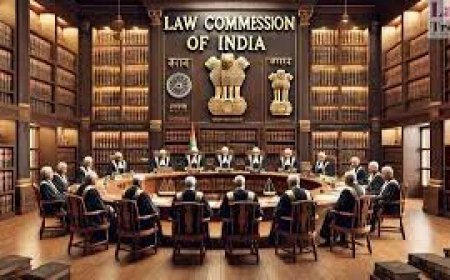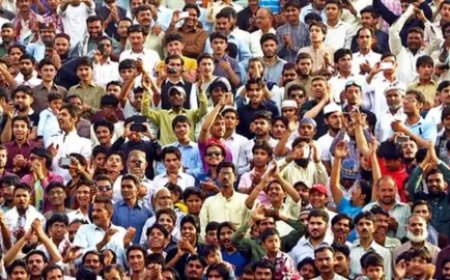"On Political Representation of Women" - The Hindu editorial summary and analysis

"On Political Representation of Women" - The Hindu editorial summary and analysis
Summary
Introduction: The article discusses the current state of political representation of women globally and in India. It highlights recent developments, historical context, and ongoing challenges in ensuring adequate representation of women in political institutions.
Global Context:
- UK Elections: In the recent general elections in the United Kingdom, a record 263 women MPs (40%) were elected to the House of Commons.
- South Africa and the US: The South African National Assembly has around 45% women representation, while the U.S. House of Representatives has 29%.
- Universal Suffrage: Universal suffrage was achieved in various parts of the world through prolonged political movements. New Zealand was the first to grant women the right to vote in 1893, followed by the UK in 1928 and the US in 1920.
Women in Independent India:
- Right to Vote: India provided the right to vote for all its women from the first general elections in 1952.
- Representation in Parliament: Despite early voting rights, the representation of women in the Lok Sabha and State legislative assemblies has been far from satisfactory, with percentages ranging from 5% to 10% till 2004, rising marginally to 12% in 2014, and currently standing at 14%.
- 73rd and 74th Amendments: These amendments provided for one-third reservation for women in panchayats and municipalities, but similar reservations in the Lok Sabha and assemblies have been unsuccessful.
Global Comparison:
- Perennial Issue: Women's representation in parliament is a perennial issue. Countries have adopted different methods to ensure higher representation, such as voluntary or legislated compulsory quotas within political parties and quota reservations in parliament.
- Effectiveness of Quotas: Quotas within political parties allow more democratic choice and flexibility in choosing women candidates. However, reserved quotas in parliament can be seen as not competing on merit and may reduce MPs' incentives to nurture their constituencies.
106th Amendment:
- Current Scenario: As of April 2024, India ranks 143 in the list of countries in the 'Monthly ranking of women in national parliaments' by the Inter-Parliamentary Union. The Trinamool Congress has the highest proportion of women MPs in the current Lok Sabha at 38%.
- Legislated Quotas: Voluntary or legislated quotas within political parties are unlikely to achieve the desired representation. Hence, the 106th constitutional amendment, passed in September 2023, mandates one-third reservation of seats for women in the Lok Sabha and State legislative assemblies. This amendment aims to ensure fair representation of women and increase gender sensitivity in parliamentary processes.
Implementation:
- Census Requirement: The reservation will come into effect based on the delimitation exercise after the relevant figures of the first Census conducted post-act commencement are published. The overdue Census from 2021 must be conducted without further delay to implement this reservation starting with the general elections in 2029.
Analysis
Historical and Global Context: The article provides a comprehensive historical context, illustrating the long journey and struggle for women's suffrage and political representation. It effectively highlights the progress made in various countries and contrasts it with India's current scenario. This global comparison underscores the universal challenge of achieving gender parity in political institutions.
India's Progress and Challenges: India's early provision of voting rights for women is commendable. However, the article points out the significant lag in achieving satisfactory levels of political representation for women. The statistics reveal a slow and marginal increase in women's representation in the Lok Sabha and State legislative assemblies. This underscores the need for more robust measures to ensure women's participation in politics.
Legislative Measures: The discussion on the 73rd and 74th amendments highlights the importance of legislative measures in promoting women's representation at the grassroots level. However, the failure to implement similar measures in higher political institutions is a critical gap that the 106th amendment seeks to address. The amendment is a significant step towards institutionalizing gender parity in Indian politics.
Effectiveness of Quotas: The article raises a valid debate on the effectiveness of quotas. While quotas can ensure minimum representation, they may also face criticism for potentially undermining meritocracy. The argument against reserved quotas, suggesting that they may reduce MPs' incentives to nurture their constituencies, adds depth to the discussion. However, the article also suggests that without such measures, achieving the desired representation might remain elusive.
Future Outlook: The implementation of the 106th amendment hinges on the completion of the overdue Census. The article emphasizes the urgency of conducting the Census to enable the reservation to come into effect by the 2029 general elections. This future outlook provides a clear roadmap for achieving better gender representation in Indian politics.
Conclusion: The article "On Political Representation of Women" provides a detailed overview of the current state, historical context, and future prospects of women's political representation in India and globally. It effectively highlights the progress made, the challenges that remain, and the legislative measures needed to ensure fair representation. The analysis underscores the importance of sustained efforts and robust policies to achieve gender parity in political institutions.
What's Your Reaction?











